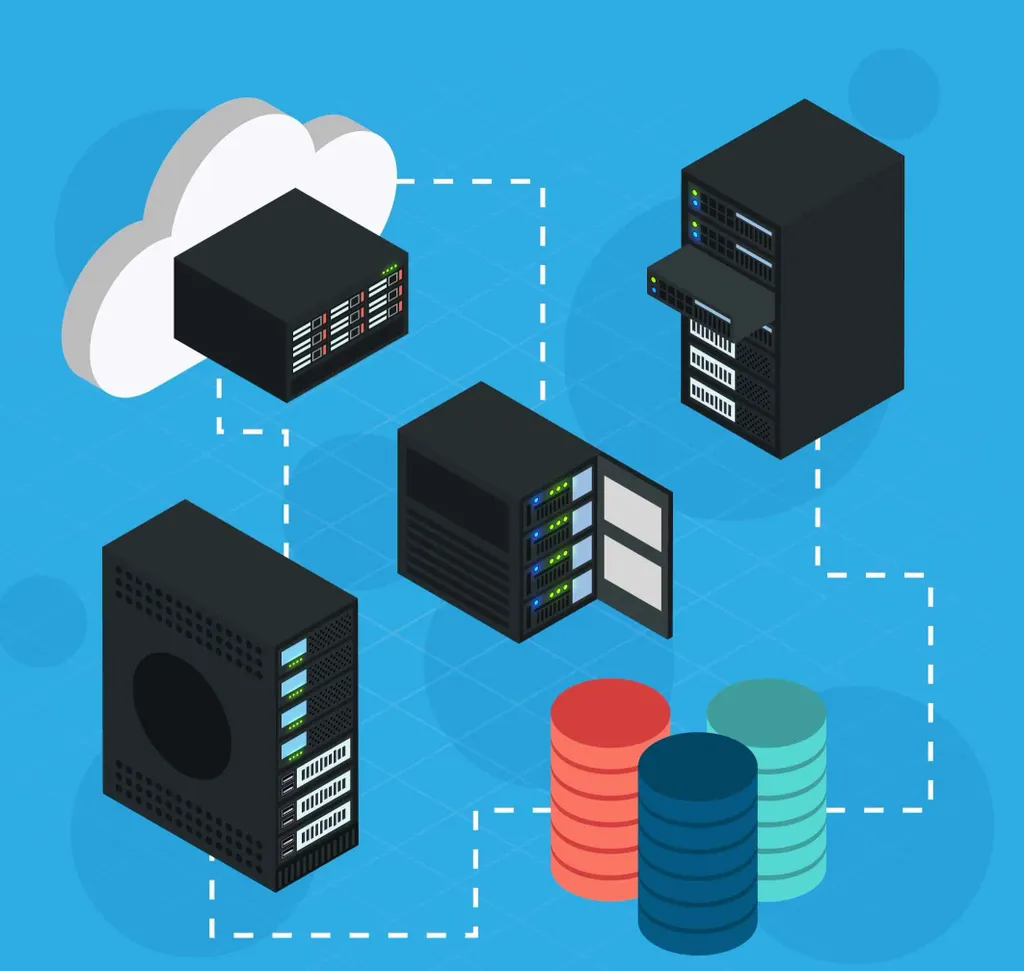"Business basics for data scientists? What do I need that for?"
Let me explain.
So, you’re a data scientist. You thrive on maths and statistics. You’re confident in using SQL and Python, and have some experience in data cleaning and visualization. Plus, you’re no stranger to machine and deep learning. So, in your opinion, you are the perfect candidate for any high-paying data scientist job. Maybe you’re a seasoned data scientist trying to break new ground. Or you’re a novice who has just completed an online certificate course in the hope of landing an internship at one of the best data science consultancies.
Either way, you go to the interview, already feeling like a winner. You boast about all of your skills, explaining how you know 19 programming languages and want to use them all. Then you go on with how you can apply the latest MFCC algorithm, with the enthusiasm of a girl scout determined to sell all her boxes of Samoas cookies right then and there. By this point, judging by the impressed look on the interviewer’s face, you got the job.
In reality, however, here’s what the employer is thinking: “That’s awesome but I don’t really have a job for another run-of -the mill data scientist. The professional I need is somebody who understands that data is business. What I’m looking for is a data scientist who is well-familiar with the business basics. Someone who knows how to solve ambiguous and complex data problems to extract business value. And is great at sharing their actionable insights with the management, too.”
And that’s exactly why you need to read this article.
We’ll look at 5 key business basics for data scientists that will broaden your perspective on how to apply data to reach practical business solutions. Because today, dealing well with data is table stakes for any company to stay in the game. It means innovation, productivity growth, and richer customer insight.
And helping a company ensure these will make you successful as a data scientist.
What are the Top 5 Business Basics for Data Scientists?
1. Understanding business objectives and data-based information needs.
Data scientists must understand the strategic goals of the company. Moreover, they must use these as guidance for the whole data collection and interpretation process. Taking the business strategy into consideration should be a top priority. This guarantees that the analytics you provide will ensure the competitive edge of your company. Plus, understanding business objectives makes your insights supportive of its crucial information needs.
Always keep in mind your audience. Is the data information for internal use by the board of directors or the sales managers, or the HR generalist? Is it for external use by capital markets or suppliers? Answering these questions is important because each audience has different needs, even if the overall strategic objective is the same. Once you’ve identified your audience, put all your efforts into providing the answers to their performance-related problems.
But how do you do that?
Well, you should be familiar with the concepts of Key Performance Questions (KPQs) and Key Analytics Questions (KAQs). Both KPQs and KAQs allow you to contextualize performance data and derive actionable knowledge form it. KPQs revolve around how well your company is performing in achieving certain goals. For example: “How well are we promoting our services?”. Or “To what extent are we attracting new profitable customers?”. KAQs, on the other hand, are more specific and aim to narrow down the strategic choices for achieving a goal. For instance, “How do customers click through our website?” or “Who are going to be our most profitable customers?”
Google is a great example of a company that uses KPQ/KAQs in its performance management. According to Google’s former CEO, Eric Schmidt, questions stimulate conversation and that is the way to run a company if you want to spark innovation.
Of course, there will be nay-sayers. They will probably argue that business intelligence tools and other IT systems can take care of enterprise performance management and analytics. In most companies, however, BI tools are driven more by the information on hand, than by the information that will actually lead to the best business decisions. This could put any company at a major disadvantage. That’s why it’s important to discover what knowledge the recipient needs first. When you establish that, use the tools accordingly, as opposed to applying the tools and then deciding on the information needs they could possibly fulfill.

2. Collecting the right data.
A senior data scientist must ensure the team under their lead collects and organizes relevant and useful data. Therefore, you must know two things. First, if the necessary data is already stored in the organization. And, second, what types of data are available – numerical or non-numerical, such as images, text, or sound. That plays an important role in establishing the company’s methodologies for collecting additional data. Basically, quantitative for numerical data or qualitative for non-numerical data.
Quantitative data is usually collected automatically from operations, or via surveys and questionnaires. It is relatively easy to analyze and represent visually. However, in order to provide more richness and context, a company also needs qualitative data. Its analysis helps uncover the factors influencing certain behavior, for example, customer satisfaction or customer churn. Qualitative surveys, focus groups, and peer-to-peer evaluation are some of the methods for collecting qualitative data. Other ways to do that is through analysis of the click-through rate of blogs and engagement in social media platforms.
So, a data scientist should be aware that having the right actionable information depends on obtaining the right data. This greatly affects the company’s decisions and implementation of competitive strategies.

3. Analyzing the data to gain relevant insights.
As a data scientist, you must interpret and contextualize the data in the best way possible to extract valuable information. A common trait of successful companies is the understanding that meaningful analysis is crucial for an effective decision-making process. As mentioned above, BI tools are not sufficient for a great analysis per se. However, this is where they play an important role in performing various types of other analyses. For example, Online Analytical processing, a.k.a. OLAP, which provides numerous dimensions to look at data. Or data mining which correlates various factors. And, of course, text mining, used to extract, analyze, and summarize information from large text datasets. Furthermore, BI software provides data scientists with interactive drill-down and rich graphic capabilities, and the ability to perform root-cause analysis.
What if you need to view data from different perspectives? Then multidimensional technology comes into play. Using data models, it helps to make decisions based on consolidated and summarized business information from various sources. Basically, we can say that all is fair in love, war, and data analysis. So, don't shy away from taking advantage all tools available. Well, as long as you use them smart to reach relevant and actionable insights.

4. Communicating the data effectively to inform decision making.
You’ve gained insights form the data. Now it is crucial to present them in a format that suits the specific needs of the decision-makers. To prepare a clear and compelling presentation, you need to use different types of charts and graphs, such as tally charts, histograms, scatter plots, etc. However, the best approach to making data storytelling truly informative and engaging is to use graphs and narrative together. This will help your audience see the big picture and enable them to derive business value from the collected data. So, make sure that the valuable insights won’t be overlooked because the report is not engaging enough.
Bernard Marr, a renowned strategic performance consultant and author of the book “The Intelligent Company”, suggests a 4-step-process to ensure powerful and strategically relevant reports:
- Frame the report with KAQs and KPQs;
- Support the KAQs and KPQs with suitable and informative graphs and charts;
- Use headings to capture the most important points or key insights;
- Use narratives to better explain the story and provide context for the visuals.
Of course, you can also opt for a dashboard representation. However, be mindful of some common design mistakes. Those include supplying inadequate context for the data, cluttering the display with useless decorations, or arranging the data poorly. You can find more useful tips for creating a dashboard in Stephen Few’s book “Information Dashboard Design”.

5. Understanding how evidence-based decisions are made.
You might think that a data scientist’s job ends with packaging the information and presenting it to management and stakeholders. But the truth is that, if you’re serious about your career, you should know how decision-making works. The best data scientists make sure that the insight they provide will become the basis for development. They know which processes in the company should be reworked to turn the data-derived knowledge into actionable steps. As a data scientist, you can have a strong impact on the company’s desire to learn and improve. And, sometimes, it will be up to you to inspire accommodation of analytical capabilities throughout the organization. Or initiate implementing an appropriate IT infrastructure.

That sums up our list of 5 business basics for data scientists that will help you on your data science career path.
We did our best to outline the importance of understanding business strategy and collecting the right data for anyone who wants to launch a successful data science career. We discussed how to reach meaningful insights through analysis and how to represent your insights in a dashing manner. Plus, we touched on the importance of inspiring evidence-based decision making.
Now, you can use these fundamentals as a stepping stone to gradually build up on your business know-how. Try expanding your knowledge by reading some relevant books. Or take an additional online business course with practical exercises and hands-on projects to improve your skill set and make your resume truly stand out.
However, in case you‘ve just discovered this article while waiting to be called in your next interview, don’t despair. You still have a few minutes left. That’s just enough time to repeat the business basics for data scientists 5 times as a data science mantra. Now take a deep breath, exhale, and enter with the unshakeable confidence of a master data scientist who truly knows their stuff.
Go get ‘em!






